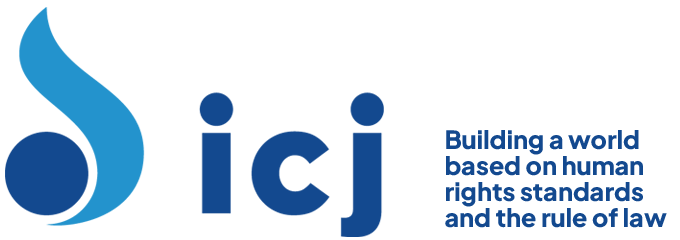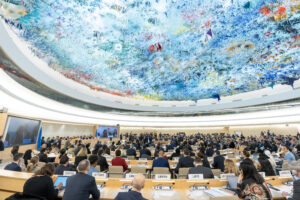II. UNDERSTANDING STIGMA AND ITS DRIVERS
12. Stigma relates closely to power and inequality, and those with power can deploy it at will. Stigma can broadly be understood as a process of dehumanizing, degrading, discrediting and devaluing people in certain population groups, often based on a feeling of disgust. Put differently, there is a perception that the person with the stigma is not quite human. Stigma attaches itself to an attribute, quality or identity that is regarded as “inferior” or “abnormal”. Stigma is based on a socially constructed “us” and “them” serving to confirm the “normalcy” of the majority through the devaluation of the “other”.
VI. IDENTIFYING APPROPRIATE STRATEGIES FOR PREVENTION AND RESPONSE
A. Participation and empowerment
60. Meaningful participation of stigmatized individuals in crafting measures to combat stigma in relation to water and sanitation is absolutely essential. In order to ensure meaningful participation States must guarantee access to information in relevant languages and formats and targeted to different ages and population groups. For example, since stigma relating to some diseases is often reinforced by a lack of scientific information on ways to prevent, treat or transmit diseases, a critical aspect is to run public health campaigns and ensure that all individuals can seek and receive accurate and trustworthy information. Empowerment should be the key strategy, with those experiencing stigma having space to combat prejudices and discrimination.
B. Awareness-raising to break taboos and challenge stereotypes
64. Silence is a major component of stigma. The first step is to speak openly about what seems “unpleasant” or “unmentionable” or deviates from dominant public opinion, and to recognize the stigma attached—be it obstetric fistula, homelessness, intersexuality, menstrual hygiene or another issue. Stigma is often based on ignorance, fears and misconceptions that can be tackled through awareness-raising. The voice of the stigmatized must be amplified, and their space must be broadened to clearly articulate their needs and rights.
65. Probably the greatest challenge in combatting stigma is the fact that it is deeply entrenched in sociocultural norms and attitudes. Tackling it requires raising awareness of stigmatizing practices that are pursued under the umbrella of culture, religion and tradition. The interpretations of culture on which such practices are based are neither immutable nor homogenous and must therefore be challenged, including by questioning the legitimacy of those who perpetuate stigmatizing practices in the name of culture and uncovering the underlying power dynamics (E/CN.4/2006/61, para. 85).
Link to the text of the extract: Report-SR Water and Sanitation-extract-2012-eng
Link to full text of the report:
http://www.ohchr.org/Documents/HRBodies/HRCouncil/RegularSession/Session21/A-HRC-21-42_en.pdf




